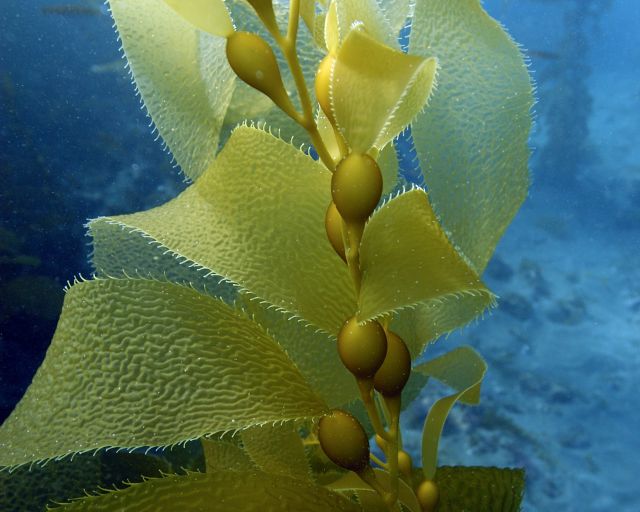
Kelp Forest
Kelp forests
It is thought that kelp forests first appeared in the Miocene era between five and 23 million years ago. Kelp refers to marine algae in the order Laminariales (phylum: Ochrophyta). Four species of kelp are found around the South African coast, with Ecklonia maxima being the most familiar as it is often washed up on beaches following heavy storms. Kelp forests are formed when large brown macroalgae plants occur in high density. These forests are found across the globe in temperate waters and in the polar coastal oceans. As recently as 2007, kelp forests were discovered in the tropical waters near Ecuador, but these are the only known kelp forests in tropical waters. There are approximately 30 species of kelp worldwide, with kelp forests covering approximately 25% of the world’s coastlines. Kelp can grow quickly, and some species can grow as much as 45 – 60cm per day. The most notable kelp forests are found on the coasts of southern Africa, the West Coast of the United States, Argentina, Chile, southern Australia, and several northern European coasts.


















